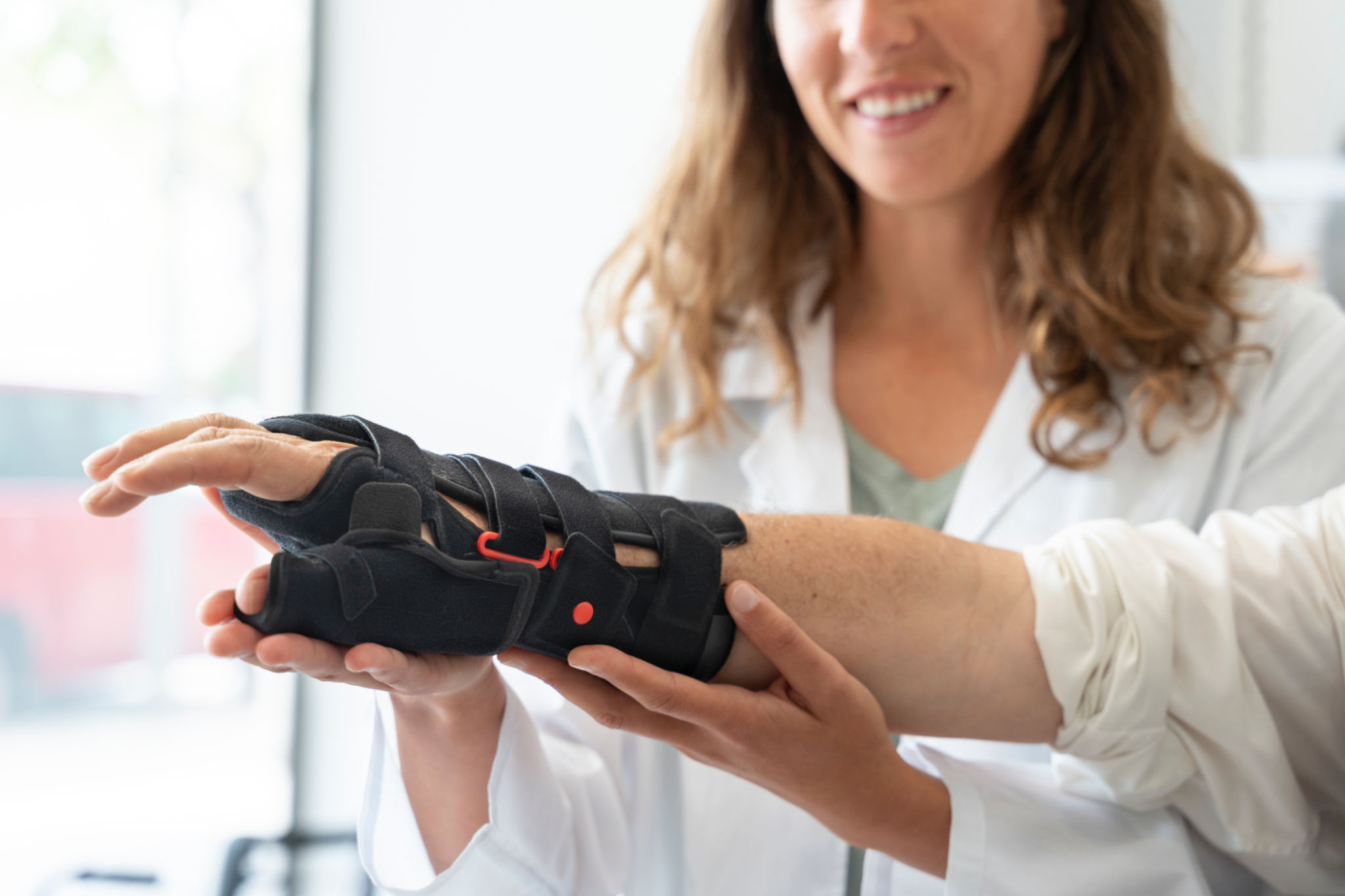The Ultimate Guide to Understanding Orthopaedic Product Experience Surveys
What Are Orthopaedic Product Experience Surveys?
Orthopaedic product experience surveys are tools used to gather feedback from patients, healthcare professionals, and other stakeholders about the effectiveness, comfort, and usability of orthopaedic products. These surveys play a crucial role in understanding user satisfaction and identifying areas for improvement. By collecting detailed insights, manufacturers can enhance their products to better meet the needs of users.

Why Are These Surveys Important?
The importance of orthopaedic product experience surveys cannot be overstated. They provide valuable data that helps companies fine-tune their designs and functionalities. Moreover, these surveys help in maintaining compliance with industry regulations by ensuring products meet safety and efficacy standards. Gathering real-world feedback also boosts innovation, leading to more advanced and user-friendly orthopaedic solutions.
Who Should Participate in These Surveys?
Participation in orthopaedic product experience surveys is typically open to a wide range of individuals who interact with these products. Key participants include:
- Patients: Individuals using the orthopaedic products can provide firsthand insights into their experiences.
- Healthcare Providers: Doctors, nurses, and physical therapists who recommend or administer these products can offer professional feedback.
- Caregivers: Those assisting patients in using these products can share observations on usability and comfort.
Designing Effective Surveys
Creating an effective orthopaedic product experience survey involves several key considerations. It's essential to ask clear, relevant questions that cover different aspects of the product experience. Questions should be a mix of quantitative and qualitative to capture both measurable data and personal insights.

Types of Questions to Include
An effective survey should include a variety of question types such as:
- Likert Scale Questions: These help gauge satisfaction levels on a scale, such as from 1 to 5.
- Open-Ended Questions: Allow participants to provide detailed feedback in their own words.
- Multiple Choice Questions: Useful for gathering structured data on specific features or aspects.
Analyzing Survey Results
Once the survey data is collected, it's crucial to analyze the results effectively. This involves identifying common themes, measuring overall satisfaction levels, and pinpointing any recurring issues. Advanced analytical tools can help in visualizing data trends and uncovering insights that might not be immediately apparent.

Using Insights for Improvement
The ultimate goal of conducting these surveys is to use the derived insights for continuous improvement. By addressing user concerns and enhancing product features based on feedback, companies can significantly improve user satisfaction and bolster their market position. Regularly updating products based on survey feedback also demonstrates a commitment to customer-centricity.
Challenges in Conducting Surveys
While orthopaedic product experience surveys are invaluable, conducting them presents certain challenges. Ensuring a high response rate can be difficult, and there might be biases in responses due to subjective experiences. Additionally, interpreting open-ended responses requires careful analysis to draw meaningful conclusions.
Overcoming Challenges
To overcome these challenges, it's important to clearly communicate the survey's purpose and potential impact to participants. Offering incentives for participation can also increase response rates. Employing skilled analysts to interpret complex data ensures that the insights gathered are accurate and actionable.
In conclusion, orthopaedic product experience surveys are a vital component in the development and improvement of medical products. By understanding their significance, designing effective surveys, and utilizing the feedback gathered, companies can enhance their offerings and ultimately improve patient outcomes.
